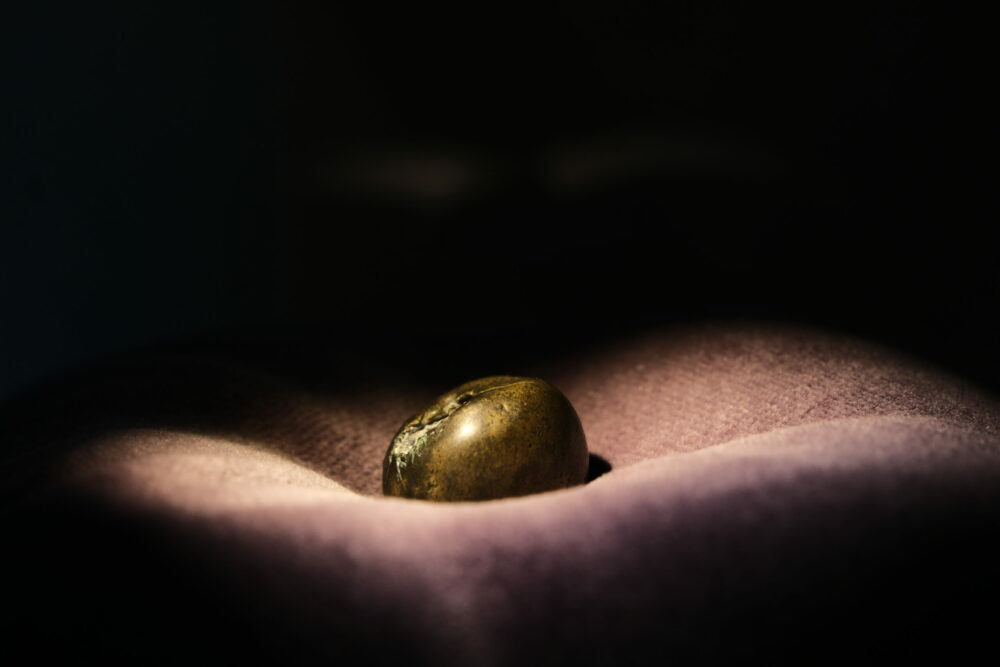10. The button bullet
This exhibition describes the 18th century and the button bullet that is said to have killed Sweden’s best known king, Charles XII, who lived between 1682 and 1718. The way that images of the King have shaped our understanding over the years is apparent from the wide variety of drawings, pamphlets, wall-hangings, oil paintings and modern art. The exhibition contains a selection of reproductions.
Charles XII was thought to be ”hardened to shot” and this was assumed to be the reason why he evaded bullets despite often being in the front line of fire during battle. Stories described how the king had supernatural powers which meant that no ordinary bullet could kill him. That was why popular belief said that if he was to be killed then a button from the King’s own uniform must be used, thus using his own powers against him.
Legend has it that a soldier called Nordstierna from Öxnevalla was in the trench at the Frederiksten-fortress in Norway on the 30th of November 1718 when the King was shot. The soldier saw how the bullet bounced off a rock and he had the presence of mind to pick it up and take it home with him to Deragård farm in Västergötland- province. The story came suddenly to light in 1924 when someone was collecting gravel at the farm and found a strange lead-filled brass button. In 1932 the button was handed over to Varbergs Museum and it was said that this must be the bullet used to shoot King Charles XII.The curator was well aware of the legends and the button was shown at the museum.
However, is it possible to use new technology to find a real link between the button bullet and King Charles XII? The museum contacted Maria Allen, a doctor of medical genetics at the Faculty of Genetics and Pathology at Uppsala University. On the 14th of March 2001 she took some samples from the button and then carried out a mitochondrial analysis of the samples from the button and the bloodstains on Charles XII gloves and hood which are kept at the Royal Armory. She found the same type of DNA on the button and the bloodstains on Charles XII’s gloves. However this type of DNA is common in Sweden, one per cent of the population has it and we also have to bear in mind that many people have handled the button over the years. What the DNA analysis has done is add another item of circumstantial evidence to the theory that the button bullet is the one that killed Charles XII. The museum and Maria Allen say we can safely let the myth about the button live on. The legends linking the button bullet to Charles XII continue to fascinate and form part of the debate concerning the death of the king.

